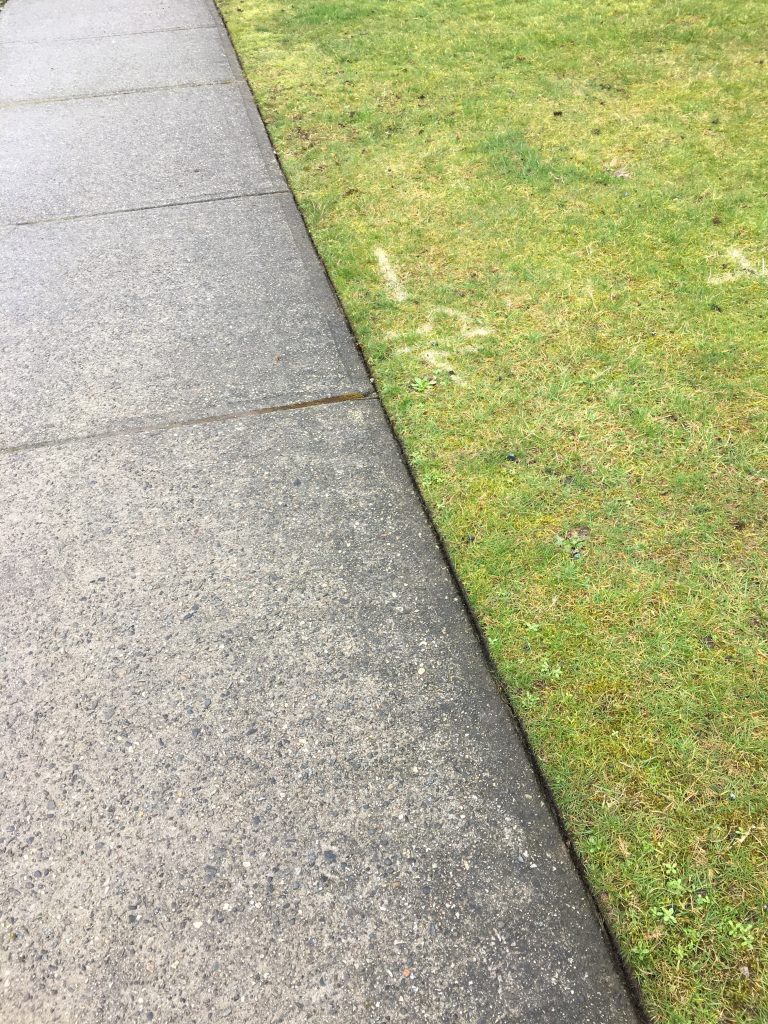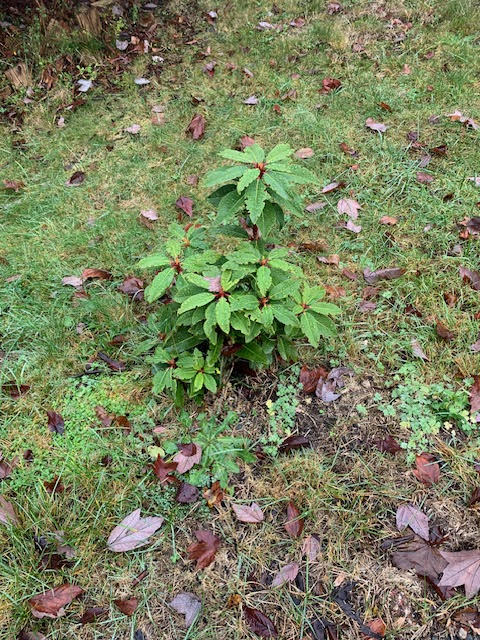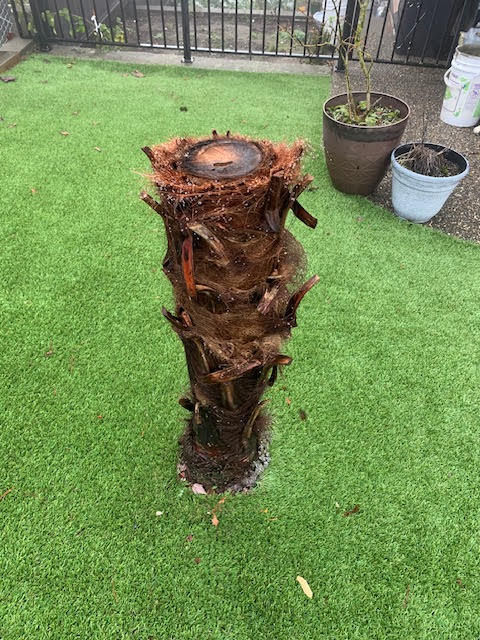Roadside planting
This afternoon I went for a walk while my son refereed a soccer game; and on the way back I noticed a number of pots by the trail. They were set out and ready for planting. Aha. Here was a perfect chance to see what the city is planting and to test my plant identification skills.
As soon as I saw the pots and tags I knew this was a native planting scheme. All of the plants are native and they will quickly cover up the unsightly construction zone. Most of the plants are already growing in the nearby park areas; this would be a terrible place to introduce non-native plant species.
So let’s take a look. See how many of the plants you already know. I openly admit to not knowing the botanical name of the last plant.
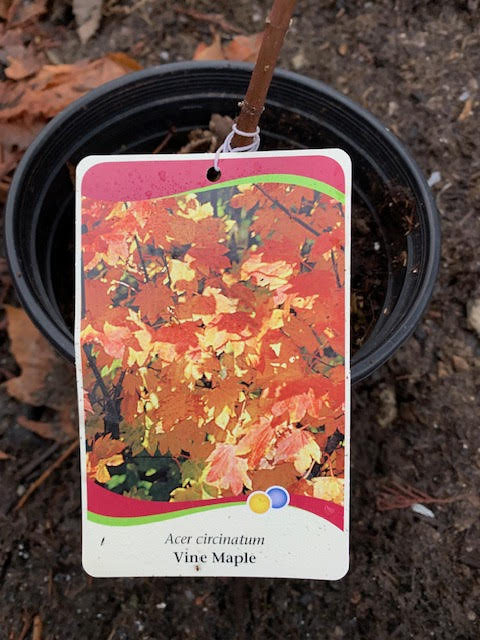
Vine maples (Acer circinatum) are well-known native trees in BC and they have nice fall colors.

Both the vine maple and the Black Hawthorn (Crataegus douglasii) trees are correctly positioned farthest from the newly rebuilt trail so they don’t interfere with trail users.

I love Ribes sanguineum because they flower in early spring and lift up the landscape with their flower clusters.

Indian plums (Oemlaria cerasiformis) take abuse from some people for being boring after flowering but I disagree. The white flowers are nice and so are the edible berries.

Salmonberry (Rubus spectabilis) berries are enjoyed by both people and animals. Black bears love them. But when my kids were little they didn’t believe me when I told them they were edible. I had to consume several berries before they tried them.

Thimbleberry (Rubus parviflorus) berries are also edible but don’t take my word for it. Google it before you raid the woods next summer.
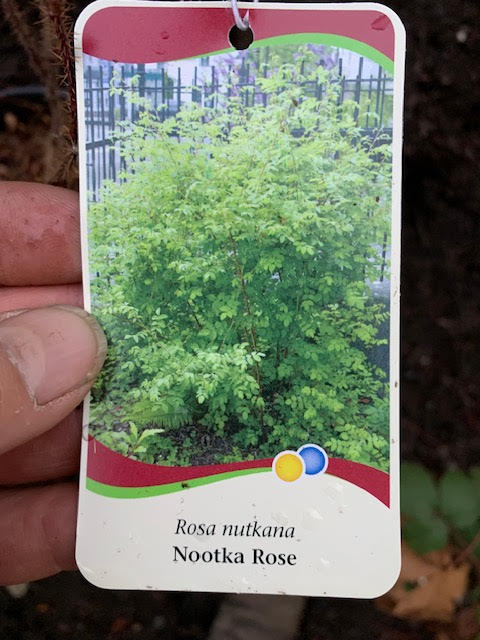
The Nootka Rose (Rosa nutkana) will grow fast in its new home and its flowers should be nicely visible from the trail.

Our forests are full of Sword ferns (Polystichum munitum). See the next picture for a mature specimen.

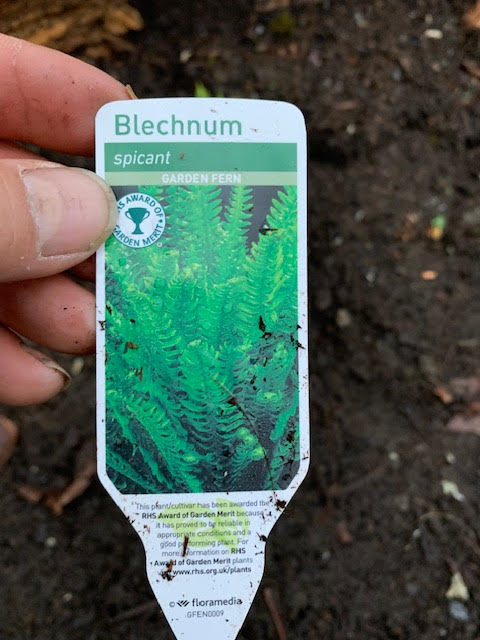
This is the other fern species being planted. Blechnum spicant (Garden fern).

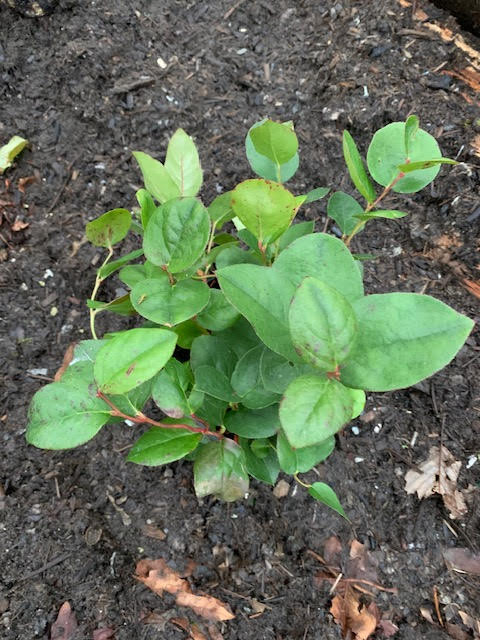
Salal (Gaultheria shallon) is a common groundcover in our forests and wild areas,
One species I didn’t know!?
The last species I had to guess at and I definitely didn’t know its botanical name. That made the whole walk into a fun learning experience. Do you know it? Since it’s the lowest growing species it’s being planted near the trail.
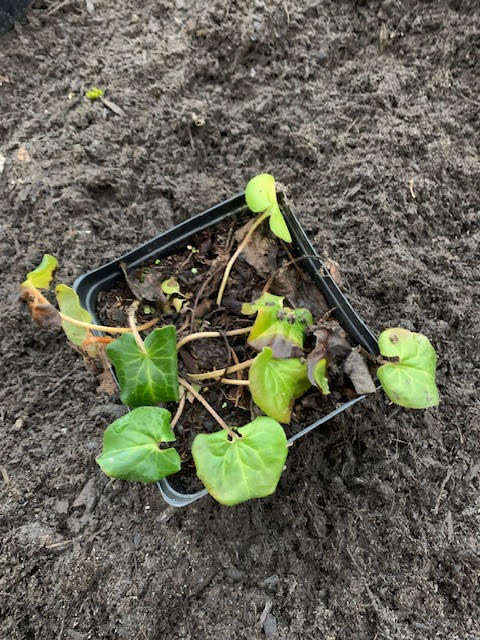

Running into a native plant planting zone on my walk made my day. I tested myself on plant identification and I learned a new botanical name: Asarum caudatum (Wild ginger). So get out into nature over the holidays and see which native plants you can identify.








